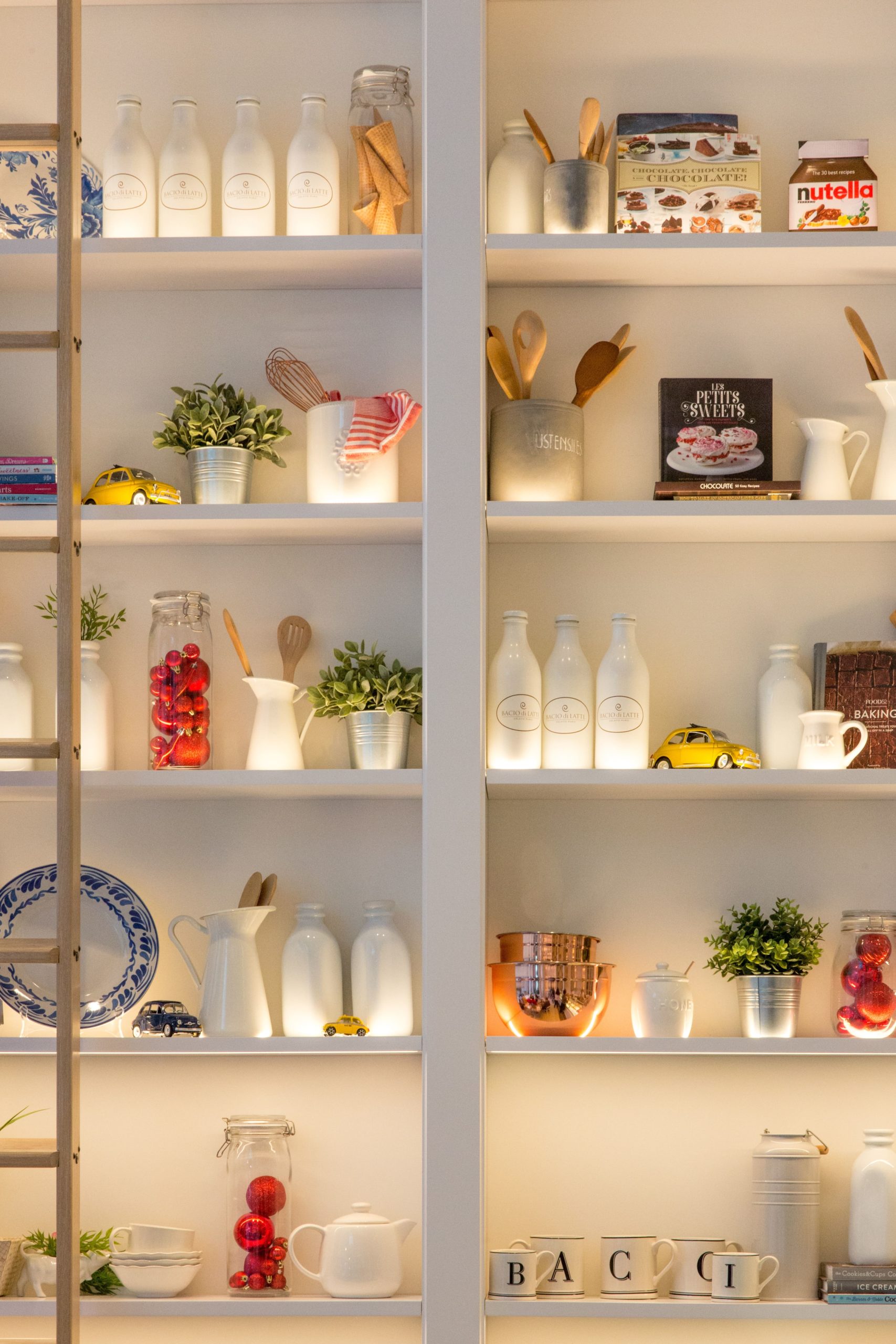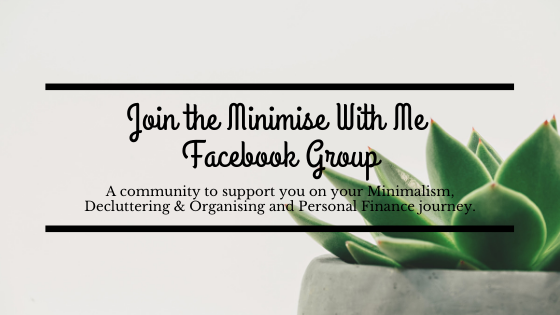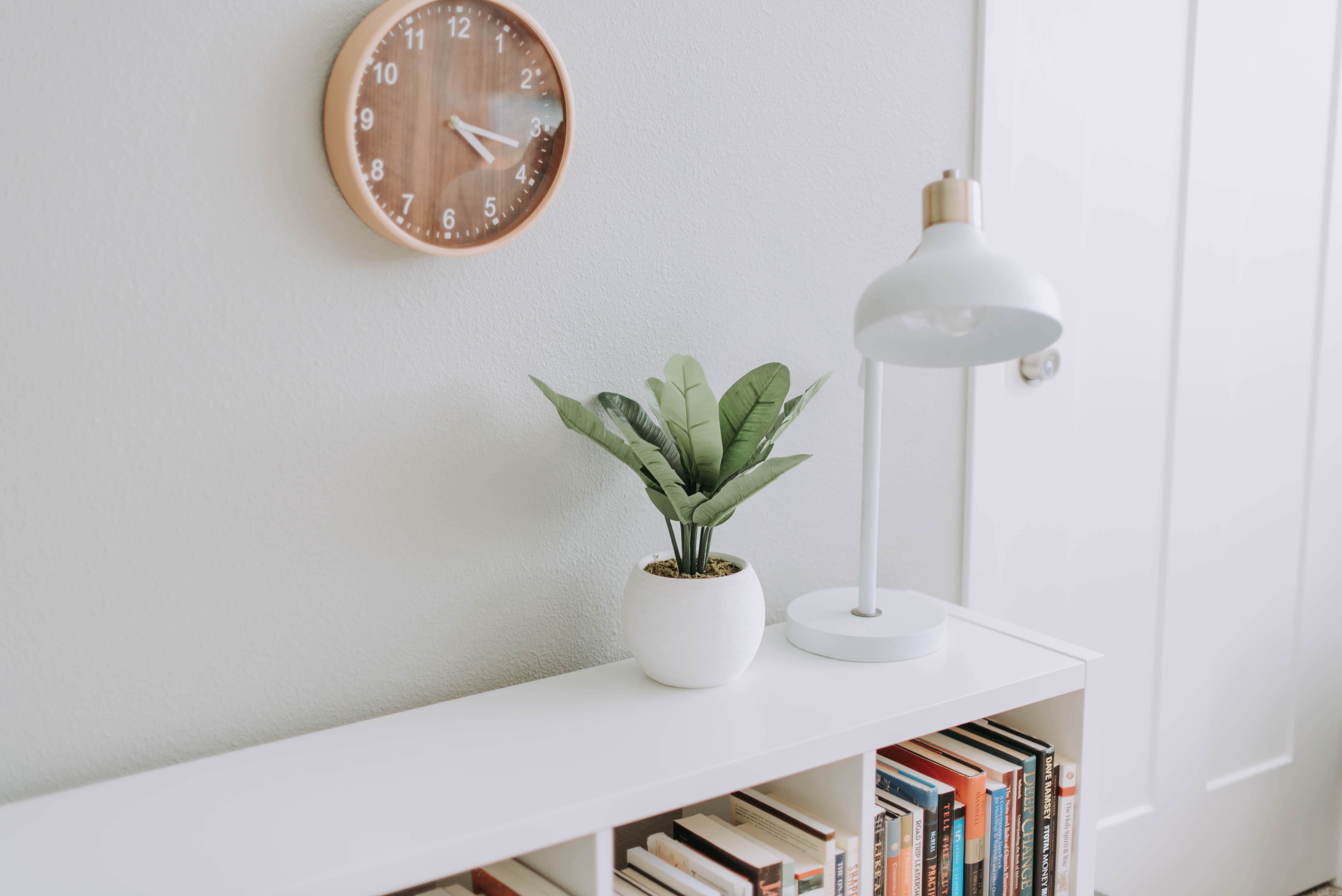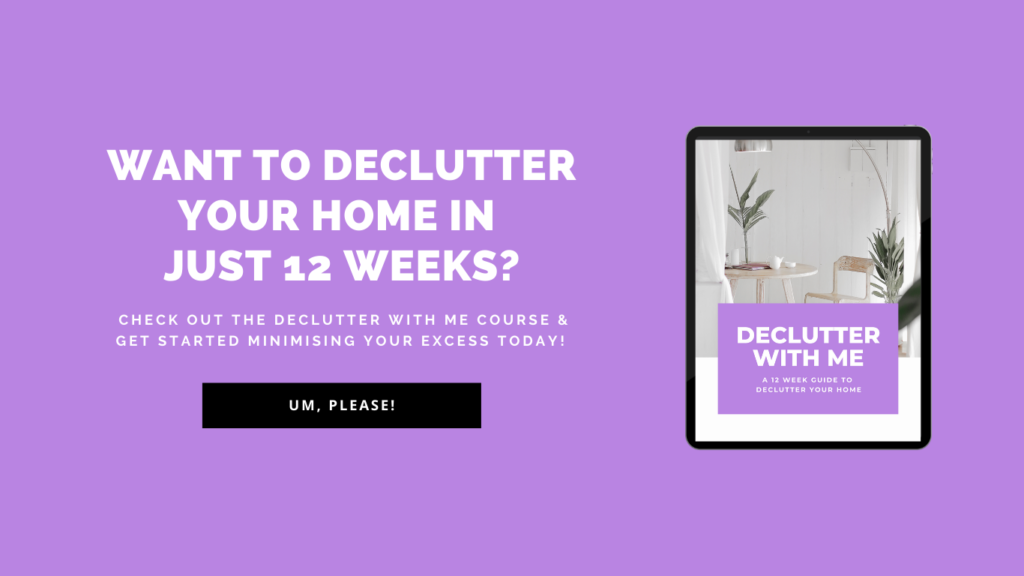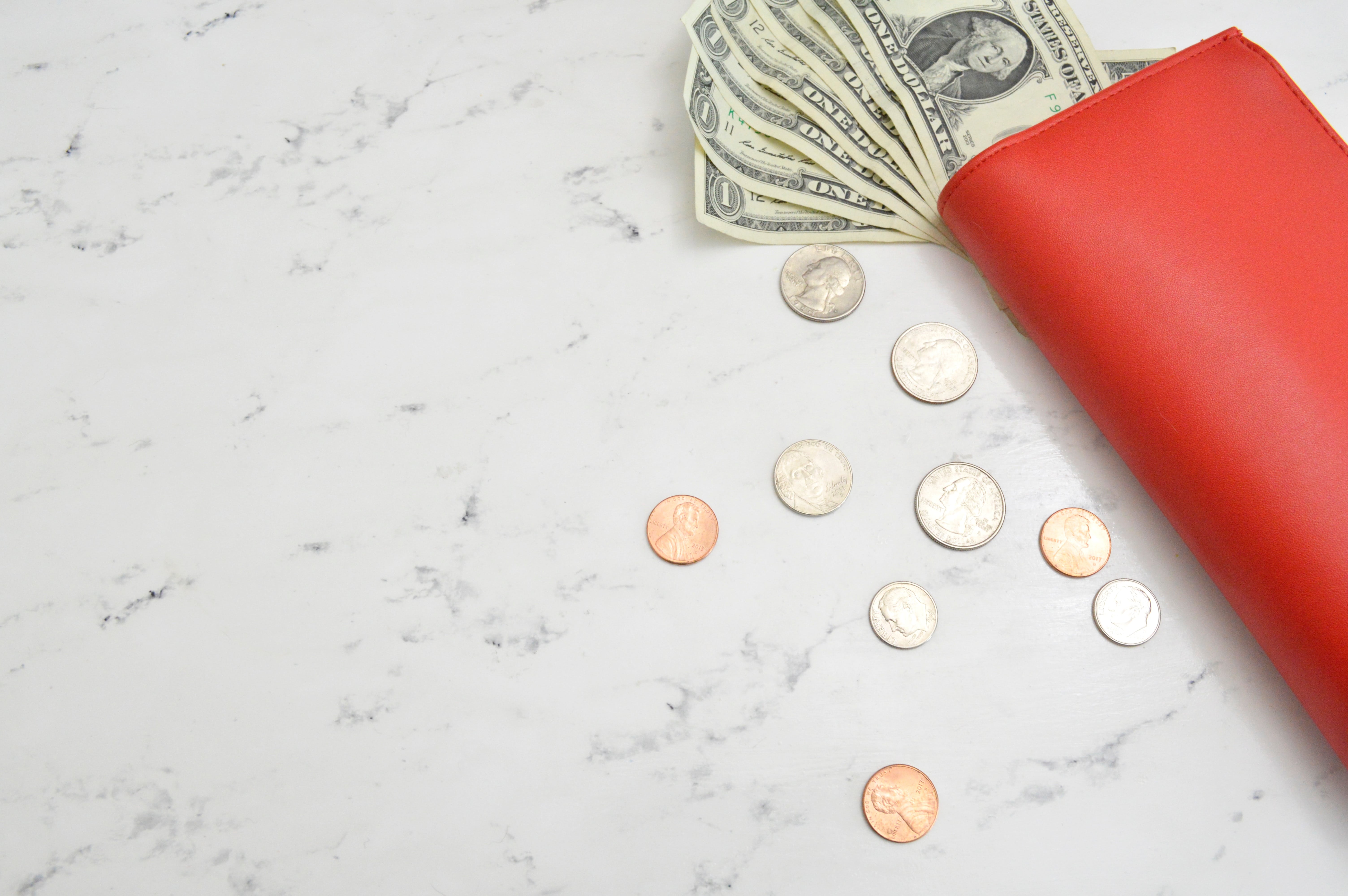Of course, these are our Christmas traditions and gifting ideas, and your gifting traditions don’t need to reflect what we do, and likewise, we won’t do that same as your family. I just think it is cool to see what other people’s Christmas gift giving traditions looks like! So here we go!
Our Minimalist Christmas
Who we buy gifts for: Our nephews (4), step nephews (8), step nieces (2), parents & step parents (6), siblings (4), grandparents (2)
So essentially we buy gifts for everyone in our entire immediate family. We have a reasonably big family so that’s 26 in total. (Or maybe that is considered small to some? hehe).
Who we don’t buy gifts for: Friends & Colleagues. Sorry to our friends & colleagues, but buying 26 gifts twice a year or more is a job in itself! I even opted out of my works Secret Santa and have done so for most of the recent years. John Smith who works down stairs and I have never spoken to doesn’t need a gift from me 😉 and I don’t need some random knick knack either.
Donations: For the past three years I have donated bags to the Share The Dignity #itsinthebag promotion and contribute to my works Salvos Christmas appeal.
What about for us?
When it comes to my husband and I we have a Christmas budget of $150 each to spend on each other. To some that will see like a lot, and to others that will seem like not much at all. To us it is a reasonable amount that won’t hack into our savings too much, but gives us enough to afford something we really want or need 🙂
Personally, I usually struggle to spend it all, as my birthday is two weeks after Christmas so at least by my birthday, my gift list is looking pretty empty.
This year my husband wanted some pricey Chilli sauce and European beers – which was fine with me. Consumables are the secret to this Minimalist’s heart! And I always find it so funny, when my husband often appears to be a bigger minimalist than me! (Maybe he is?! :p)
And for myself?
My Christmas gift is usually just a concoction of things I have seen over the months leading up to Christmas that I want or need. More often that not I will just buy what I need when I need it, but I do try and save a small number of items to put on my Christmas List as I know how much easier it is to just ask someone what they want, rather than trying to guess, and I certainly appreciate when others help me in the gifting process to know what they would find value in.
As a minimalist I am not keen on having people guess what will add value to my life, and I certainly don’t expect my husband to read my mind so this year we went shopping together for what I picked out.
I’m pretty boring and consistent and generally ask for the same things each year, my gift list usually looks something like this:
- A new handbag or wallet to replace my old one. I buy one handbag a year and carry the kitchen sink around in it, so by years end it is usually a bit ‘how you goin’
- A new pair of pajamas. I am the girl that will recycle old shirts as pajamas until the end of time, but once a year (or so) I will spoil myself with a new pair of pajamas
- A small block of my favourite Lush soap
- A lovely scented candle
- A book I really want (it’s usually the only physical book I will buy the whole year)
- Something zero waste I have been keeping my eye one (this year it is a safety razor)
- Chocolate, I buy a sneaky box of my favourite Quality Streets. Yum! 😉 I’m a big kid at heart so decided to do a Chocolate hunt on Christmas day last year which is a tradition I think this chocolate lover might just keep 😀
Minimalist Inspired Gifts
If you want more ideas for Minimalist Gifts you can check out some others I have thrown together here and here
Keeping Organised at Christmas
New Christmas Gift Giving Traditions
- Something you Want, Need, Wear, Read – This gift tradition is a great way to not go overboard at Christmas with your kids, but still give them a selection of things they want and need. Let them pick out one thing they really want, and you can skip the excess, poor quality ones that will soon be across your floor.
- Experience, Toy & Book – Mix up your kids gifts with a memory to create together, something they can keep and play with and a book to read many times together. Or any other combination you can come up with! Maybe yours will be consumable, new quilt, new pajamas, new book, new toy x 3. Or anything you like!
- Experience/Holiday – you may choose to skip out on gifts all together this year and instead spend your money on a holiday or experience for your family to share that will create memories for many years to come, long after the usual toys are broken or no longer played with.
- Secret Santa – If you have a large family, a Secret Santa is a great way to give one good, quality gift rather than many smaller, less quality gifts. Simply set a budget everyone is happy with and draw a name out of a hat.
- Opting out of gifts for adults – Gifts for kids only – This can be a slightly more controversial option for some families as some people are adamant about keeping the gift giving tradition up for adults, but this one I believe does makes a lot of sense, particularly if you have a lot of kids in your family or even just a huge family.
When You Can’t Afford Christmas
If you are struggling financially, or even just gazelle intense with paying off your debt, and splashing out on gifts this Christmas is not an option, it doesn’t necessarily mean you have to turn up empty handed to Christmas and feel like you’re going to miss Christmas.
There are so many things you can do together to make Christmas as special as ever, even without having a pile of gifts to open at Christmas.
Here are some frugal ways to still enjoy Christmas with your family:
- Bake Home made cookies together or make Christmas Bark
- Play board games as a family
- Grab some Christmas themed books at a thrift store to read together each night
- Watch a Christmas movie in the nights leading up to Christmas
- Go Christmas light looking around your area.
- Make some Christmas themed arts and crafts together like Christmas wreathes , or Santas with paper plates and cottons balls you have left over.
- Go to your local Christmas carols event
And some extra frugal gift ideas for your family they will love:
- If you are artistic, gift them a drawing or painting
- make a DIY Scrub or face mask
- Gift them a DIY gift, Brittany from Vasseur Beauty has some amazing ideas in her video
- Bake some home-made cookies, hot chocolate or Christmas Pudding
- Find a second hand book in the thrift store that they will love
- Give a home cooked meal
- Gift your time: Babysitting, something you can teach them
- Walk around your house and see what you can gift e.g. repurpose a spare picture frame with an inspiring quote you printed off
[Photo by Mel Poole on Unsplash]
This weeks comment Question: What are your holiday gift giving traditions? Have they changed over the years? Let me know in the comments!
If you found value in this post I would be super appreciative if you could share it with others who might also find value in it 🙂
![]()


